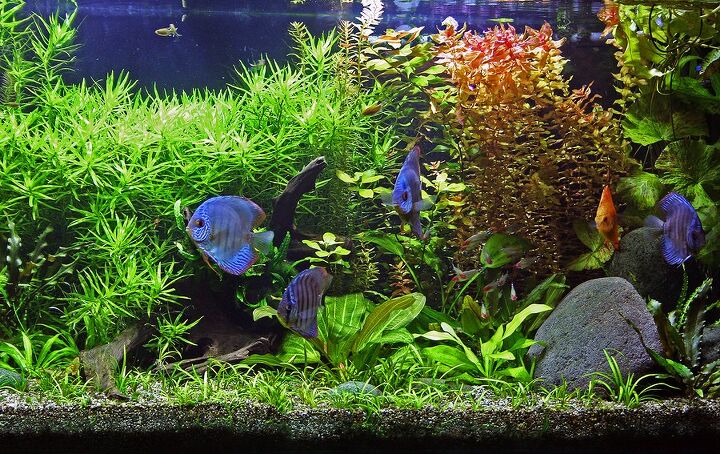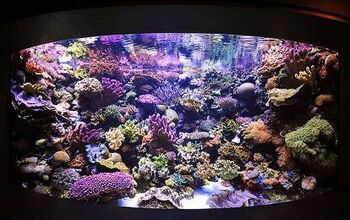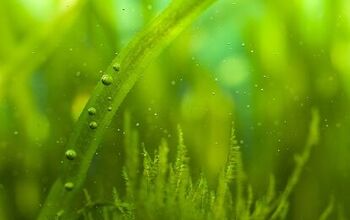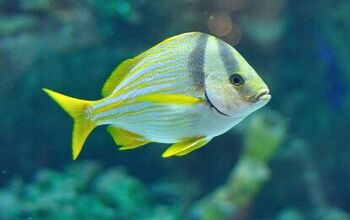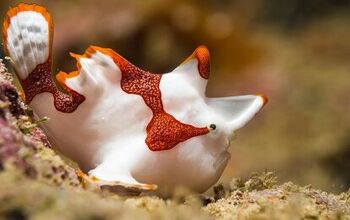Setting a Schedule for Routine Tank Maintenance

Many people assume that keeping a fish tank is much easier than caring for a cat or dog. It’s true that you do not need to worry about training your fish and you won’t have to take them outside several times a day. There are, however, plenty of maintenance tasks that you must perform if you want to keep your tank healthy.
Necessary Maintenance Tasks
The necessary maintenance tasks for a freshwater aquarium can be divided into two main categories: care for your fish, and care for your tank. The most important task you need to perform on a regular basis is, of course, feeding your fish. Most aquarium hobbyists choose to feed their fish once or twice a day, though many fish will do just fine if you only feed them a few times per week. The thing to keep in mind when feeding your fish is that you should avoid feeding them large amounts of food at one time. Your best bet is to feed your fish only as much as they can physically consume within a 5-minute period of time. If you give your fish too much food they won’t be able to eat it all before it falls to the bottom of the tank. Once there, the food will begin to decompose and it will affect the water quality of your tank – this will then impact your other maintenance tasks.
Related: How to Safely Clean Your Tank and Aquarium Decorations
In terms of caring for your tank, your most important tasks will be to test your water chemistry and to perform weekly water changes. Maintaining the right water chemistry in your tank is a delicate balance – testing your tank water once a week will help you to monitor that balance. Each time you test your tank water, record the results in a journal so you can compare them each week. If the results one week are significantly different than the weeks before, you will know that there is a problem and you can take steps to fix it. You should also change out 15% to 20% of your tank volume once a week – this will help to remove nitrites and other dissolved wastes from your tank water. Just be sure that you treat the water you use to refill the tank to remove chlorine and other water treatment chemicals.
Related: The Truth About The 1 Inch Per Gallon Rule
Creating a Tank Maintenance Schedule
As long as you keep up with your routine maintenance tasks, you shouldn’t have to perform a complete cleaning of your tank very often. Below you will find a list of daily tasks as well as weekly and monthly tasks you should be doing – this will help you to create your own tank maintenance schedule.
Daily Tasks: Your most important daily tasks is, of course, feeding your fish. Aside from this, however, you should also be performing a quick check of your tank equipment to make sure it is all working properly. You also want to check the tank temperature and observe your fish for a few minutes to make sure that they are all in good health.
Weekly Tasks: Your most important weekly tasks are to test your tank water and to perform a water change. When you perform your water changes, use a gravel vacuum to remove accumulated debris from the substrate in your tank then use a dechlorinating solution to treat the water you use to refill the tank. If you have a high-powered lighting system installed, you may need to top off your tank two or three times a week to account for evaporation.
Monthly Tasks: In addition to your weekly water changes you should also do a larger water change of about 25% your tank volume once per month. You may also want to replace your chemical filtration media every three to four weeks and rinse out your filter to remove accumulated debris. You will eventually need to replace your aquarium lightbulbs as well, but not as often as once a month.
If you keep to a regular schedule with your routine maintenance tasks, you shouldn’t have to spend more than thirty to sixty minutes at a time caring for your tank. Some tasks will need to be completed daily while others only need to be done once a week or once a month. The more you keep up with your schedule, the easier your maintenance will be.

Kate Barrington is the loving owner of two cats (Bagel and Munchkin) and a noisy herd of guinea pigs. Having grown up with golden retrievers, Kate has a great deal of experience with dogs but labels herself a lover of all pets. Having received a Bachelor's degree in English, Kate has combined her love for pets and her passion for writing to create her own freelance writing business, specializing in the pet niche.
More by Kate Barrington



